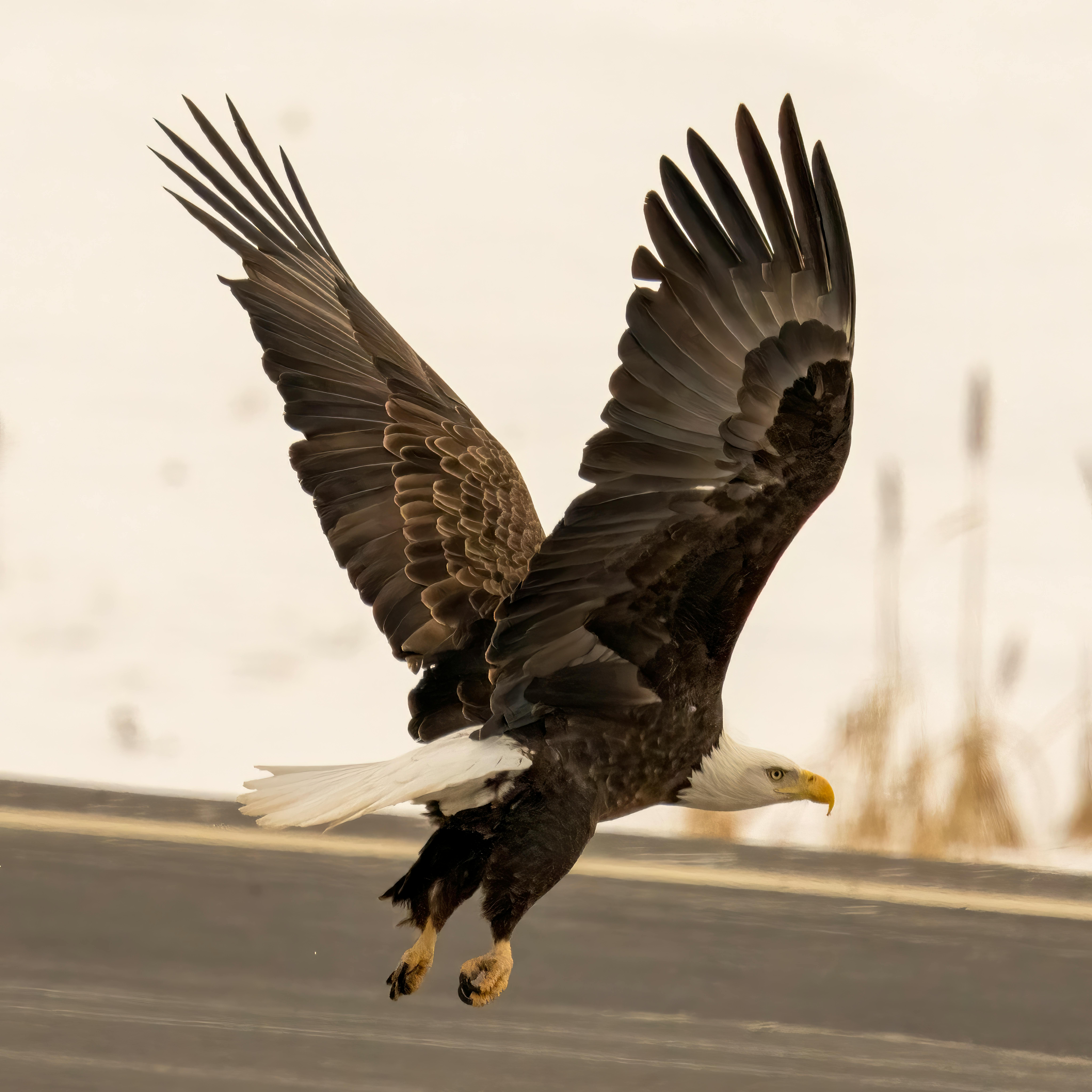Eagle: In the boundless skies above India, a regal silhouette unfurls its wings—the Indian eagle. With keen eyes that pierce the vast landscapes below, these magnificent raptors embody power, precision, and a timeless connection to the grandeur of the wild. Join me on a journey to explore the world of these soaring guardians that command the heights of the Indian skies.
“Experience the majestic world of the Indian Eagle, a symbol of power, grace, and aerial mastery. Dive into the intriguing characteristics of these raptors, including the impressive wingspan, keen eyesight, and predatory prowess. Explore the diverse species of Indian eagles, from the iconic Crested Serpent Eagle to the awe-inspiring Changeable Hawk-Eagle. Learn about their vital role in maintaining ecological balance and the cultural significance they hold in Indian folklore and symbolism. Join us on a soaring journey through the skies, discovering the regal beauty and natural importance of the Indian Eagle.”
1. Diverse Species: Indian Eagle
India is home to a rich variety of eagle species, each with its unique characteristics and adaptations. The majestic residents include the Indian Spotted Eagle, Crested Serpent Eagle, Changeable Hawk-Eagle, and the iconic Steppe Eagle. Each species plays a distinct role in maintaining the delicate balance of India’s ecosystems.
2. Masters of the Skies: Indian Eagle
Eagles are renowned for their exceptional vision, acute hunting skills, and powerful talons. With eyesight far superior to that of humans, these birds of prey can spot prey from incredible heights. Their hunting techniques range from high-soaring dives to stealthy perching, showcasing their versatility and adaptability as apex predators.
3. Conservation Warriors: Indian Eagle
Many Indian eagle species face conservation challenges due to habitat loss, pesticide exposure, and human-wildlife conflicts. Conservation initiatives, such as the protection of nesting sites and habitat restoration, play a crucial role in ensuring the survival of these majestic birds and maintaining the ecological balance they contribute to.
4. Symbolism and Cultural Significance:
Eagles hold cultural significance across various Indian communities. In Hindu mythology, the eagle Garuda is a divine vehicle, while the presence of eagles is often associated with deities and spiritual symbolism. The resilience and tenacity of these birds have inspired tales and proverbs, illustrating their enduring place in the cultural fabric of India.
5. Habitat and Territories:
Indian eagles inhabit diverse landscapes, from the dense forests of the Western Ghats to the arid expanses of Rajasthan. Their territories often span large areas, and they are known to adapt to both natural and human-altered environments. Understanding and preserving these habitats are essential for ensuring the well-being of these aerial rulers.
6. Conservation Challenges:
Like many raptors around the world, Indian eagles face threats from habitat destruction, poisoning through contaminated prey, and collisions with power lines. Conservation efforts are vital to address these challenges, with a focus on mitigating human-wildlife conflicts and implementing measures to protect both eagles and their habitats.

Conclusion:
The Indian eagles, with their commanding presence in the skies, epitomize the untamed beauty and ecological importance of the nation’s diverse landscapes. As we gaze upward at these regal birds, let us embrace our role as stewards of the environment, ensuring that the realms they soar through remain unspoiled and rich in biodiversity. In the realm of the Indian eagle, the spirit of the wild continues to soar, reminding us of the interconnectedness between the skies, the land, and the conservation efforts that safeguard the grandeur of nature.

